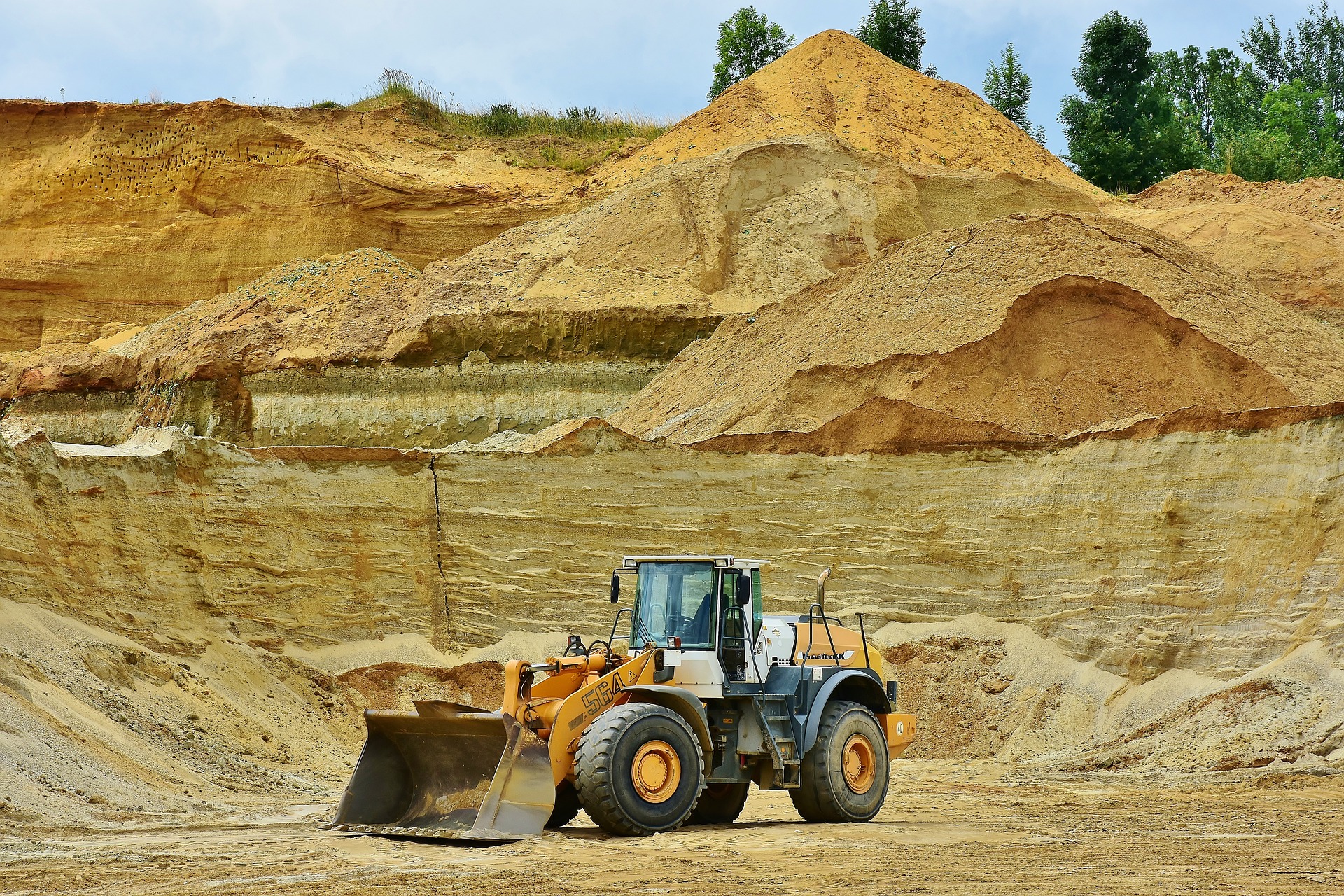The Future of Australian Mining

Recent leaps in digital technology and innovations have triggered mining industry transformations, reshaped existing job roles and formed new opportunities, according to EY’s recent report ‘The Future of Work: The Changing Skills Landscape for Miners’.
Technological innovations have triggered industry transformations throughout the ages. When you add recent leaps in digital technology into the mix the result can make sectors look drastically different, with job roles often reshaped from the ground up.
These changes have been well observed in the Australian mining industry – most notably by the increasing implementation of autonomous vehicles, from mine site haul trucks to mine-to-port ore trains.
But what changes can we realistically expect in our mining industry over the next five years in terms of technological and digital advances, and how should we prepare for them?
According to a recent report by global professional services firm EY, traditional mining jobs are being redesigned by the introduction of new technologies across all levels of the industry.
The Future of Work: The Changing Skills Landscape for Miners explored the future impacts of technological and digital innovations on the changing landscape of the mining sector, and identifies key areas set to undergo an evolution in the coming years – as well as outlining how those working in the industry should prepare for the shift.
How many jobs will be automated?
The report found that robotics and automation through drones, autonomous vehicles and remote-controlled operational systems will likely be rolled out more widely across mining operations over the next five years to increase productivity and mitigate health and safety risks.
While further implementation of automated technology is likely to redesign some traditional occupations, such as drill operators and surveyors, it is also expected that demand for remote vehicle operators and geologists will increase, particularly for those skilled in data and digital technologies.
Furthermore, the report found that only 23% of occupations in the mining industry had the potential to be ‘automated’, while 35% and 45% were likely to just be ‘redesigned’ or ‘enhanced’ respectively – meaning full automation of job roles will not be as widespread as some may think.
Shifting employability skills
As jobs evolve and require more interaction between people and machines, there will be an increasing demand for data and digital literacy skills across all levels of the mining industry.
These skills will help to optimise operations, with the study predicting a total overall improvement in productivity of between 9% and 23% from the implementation of digital and technological innovations. Some areas, such as Mining Operations, are predicted to achieve productivity gains of up to 25%.
While these shifting employability skills are likely to decrease demand for low-skilled labour, the report expects demand for digital designers, remote operators and data interpreters to rise, as new technology and digital applications are integrated across the industry.
The changing nature of work
There’s no question about it: digital and technological innovations will continue to change the nature of work in the mining industry. The increasing applications of cloud computing and information sharing means work can be performed remotely, and as the workplace transitions from the mine site to remote operation centres the type and severity of risks workers are exposed to will dramatically shift.
The evolving workplace will rely on the digital technology and analytical skills of data scientists, modellers, and engineers to understand the capabilities and limitations of new technologies in the mining industry.
Preparing for the digital future
A 2014 study by the Harvard Business Review found that early adopters of technology are more likely to lead their industry in revenue growth and market position. It’s clear that organisations who do not plan for or embrace technological innovations run the risk of becoming obsolete.
The EY report identified the following list of skills that are both increasingly important for occupations in the sector, and the most resistant to the impact of new technologies:
- Change Management
- Collaboration
- Complex Stakeholder Engagement
- Creativity
- Data Analysis
- Data and Digital Literacy
- Design Thinking
- Stakeholder Analysis
- Strategic Planning
With a better understanding of the future skill sets required of the industry workforce, employees can ensure they remain an attractive option to mining organisations – which at the same time should be strategically planning their workforce to ensure their competitive advantage in global markets.
Source: Gold Industry Group, 26 April 2019
